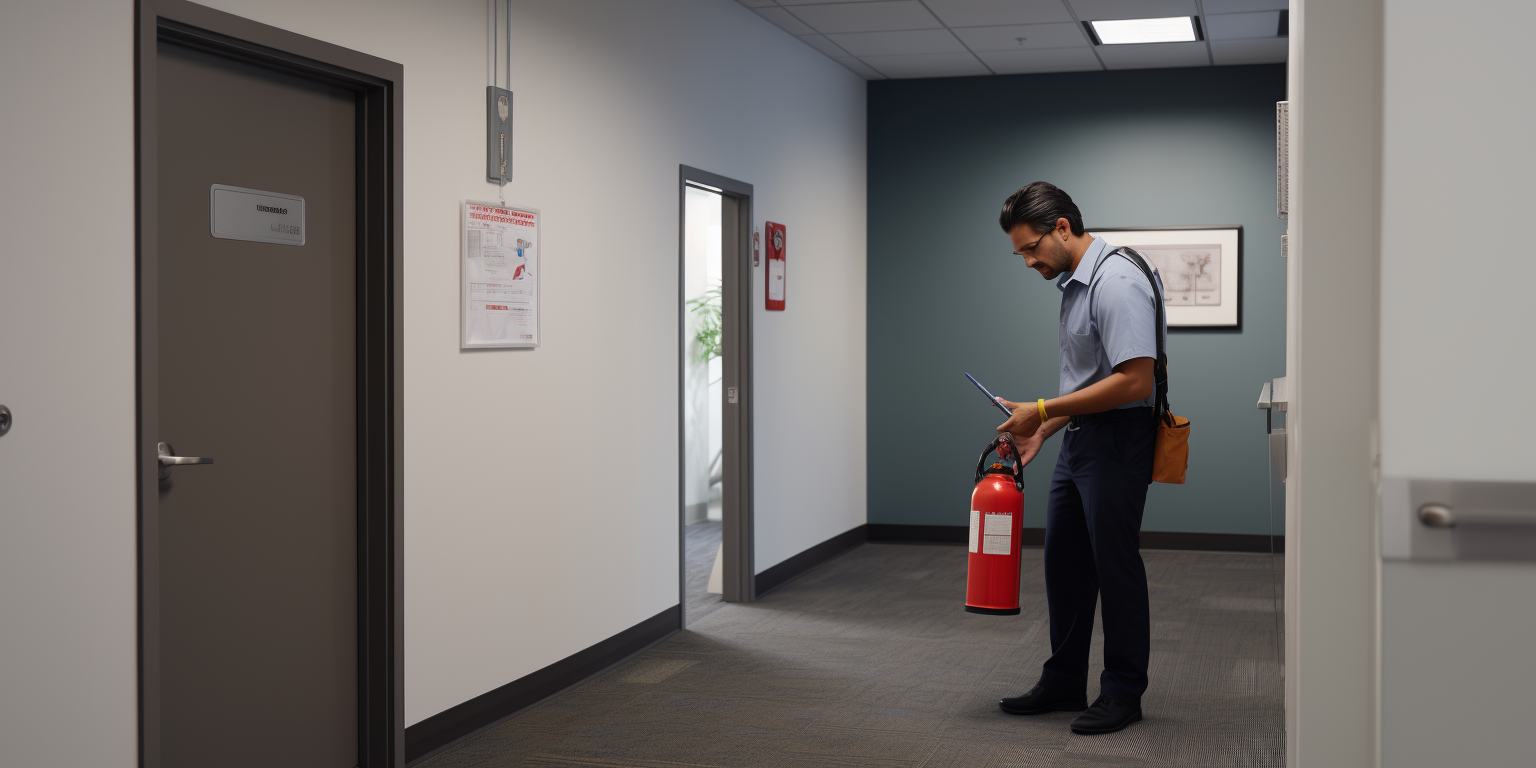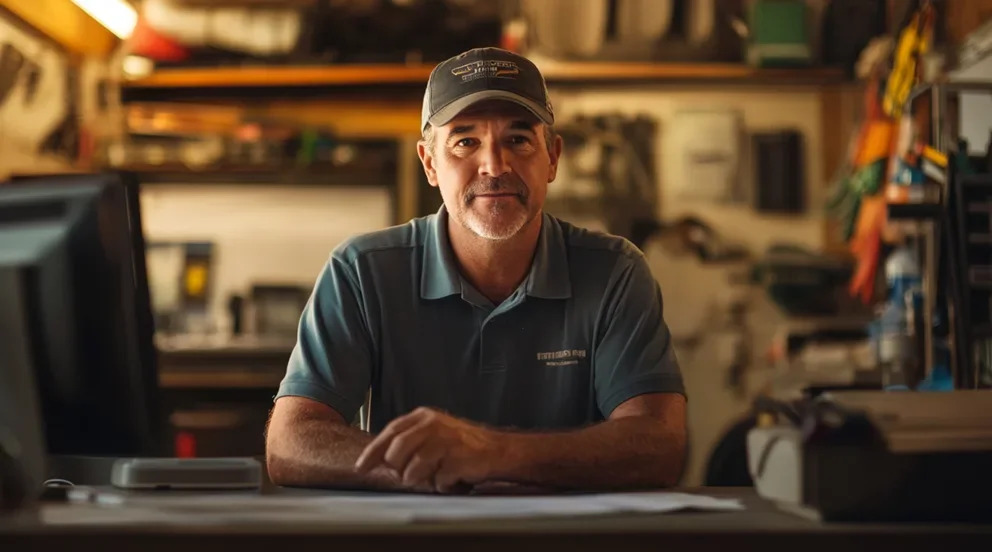What are Building Fire Equipment?
Building fire equipment are products and devices designed to detect, suppress, and extinguish fires. These equipment are one of the most important tools for improving fire safety and protecting life and property. Properly installed and maintained fire equipment can help to contain a fire before it spreads, suppress flames, and provide an escape route in the event of a fire. Fire extinguishers, smoke detectors, fire alarms, sprinkler systems, exit signs, and emergency lighting are all essential components of any fire protection system.
Major types of Building Fire Equipment
1. Fire alarms are designed to detect the presence of smoke or heat in a building. When triggered, an alarm will sound to alert occupants to evacuate the premises. Fire alarms may be hardwired into a building’s electrical system or connected through wireless technology.
2. Sprinkler systems are designed to reduce the spread of fire and protect property by automatically activating when heat is detected in an area. These systems are made up of pipes with sprinklers that can release water when activated by an external source. Sprinkler systems vary based on the type and size of the structure they are installed in and how much water they need to disperse.
3. Fire extinguishers are portable firefighting tools designed to quickly snuff out small fires. They come in a variety of types, designed to tackle different materials, such as wood, paper, metal, oil or gas. It is paramount for people occupying a building to familiarize themselves with the fire extinguisher locations therein.
4. Smoke detectors and heat detectors work together to detect signs of smoke or increased temperatures in an area before it turns into a full-blown fire. These two components are necessary in order for a building’s fire alarm system to activate so occupants can evacuate quickly and safely during emergencies. It is essential for all buildings to have these safety features properly maintained at all times.
5. Emergency lighting is also known as exit signs which provide guidance during emergency situations so people can identify their exits quickly while evacuating a burning building. Exit signs must be illuminated at all times so that people don’t become disoriented due to darkness or smoke when trying to escape danger.
Considerations before installing Building Fire Equipment
Before installing building fire equipment, there are a few important things to consider. First, the size of the building and its layout must be taken into account. Depending on the size and structure of the building, different types of fire equipment may be needed. Fire protection systems should also be designed based on safety and security requirements.
The next step is to assess potential hazards and risks that could cause a fire in the building or affect how a fire would spread or extinguish. This includes considering any combustible materials used in the construction of the structure such as wood, insulation, fabric, carpeting and furniture as well as other items that would create additional fuel for a fire such as paper documents or flammable liquids. Knowing what kind of fire risks are present helps to identify proper solutions for that specific situation.
It is also important to consider proper maintenance when it comes to installing building fire equipment. The most effective way to ensure safety is through regular checks and maintenance of all aspects of a facility’s fire prevention system including smoke detectors, sprinklers and alarms. Additionally, it’s essential that emergency exits remain clear from obstructions at all times so that occupants can evacuate quickly in case of an emergency.
When installing new building fire equipment, professional assistance should always be sought as they have expertise in this field and can provide guidance on choosing the best system for your needs. Professional contractors can also provide installation services ensuring that your facility has maximum protection against fires at all times.
Assessing the right Building Fire Equipment that fits your needs
When selecting fire equipment for a building, it is important to consider several factors. First, consider what type of materials are most likely to ignite in the structure. Different materials have different flammability levels and require different types of protective measures. Additionally, consider the size of the building and how many occupants it is expected to accommodate when selecting appropriate fire equipment. It is important that all spaces within a building are adequately covered with smoke detectors as well as fire extinguishers or sprinklers as needed.
Once these factors have been considered, it is time to select specific products. There are a variety of manufacturers offering different types of fire protection systems ranging from basic smoke detectors to more sophisticated automatic sprinkler systems or gas suppression systems. In order to ensure compliance with codes and regulations, be sure to research local building codes in advance so you can choose systems that meet their requirements. Additionally, consider what features are offered by each system before making a final decision on which one best suits your needs.
Finally, once you have chosen a system that meets all requirements and provides sufficient protection for your building occupants, don’t forget about proper maintenance and testing procedures. Regular maintenance helps reduce damage caused by fires Start by following manufacturer’s instructions for testing any system components annually or as specified in regulations. Additionally, inspect all equipment regularly for signs of wear or damage that could compromise its ability to detect or suppress fires correctly.
Who knows Building Fire Equipment the best?
The right person to consult with Building Fire Equipment is a certified fire protection engineer. These professionals possess the necessary knowledge and experience to assess any building’s fire safety needs, design effective systems, and ensure compliance with applicable codes and regulations. Fire protection engineers are trained to identify areas of concern within a building that could potentially increase the risk of fire, such as exposed combustible materials or inadequate ventilation, and determine the best ways to protect against them. With their expertise in engineering principles and familiarity with different types of fire safety systems, they can advise on the most appropriate solutions for any given situation. Additionally, fire protection engineers have a detailed understanding of applicable codes and standards, allowing them to plan accordingly for all aspects of fire safety. Consulting with a certified fire protection engineer ensures that all necessary measures are taken when designing a safe environment.
Standard maintenance procedures for Building Fire Equipment
The maintenance of Building Fire Equipment after installation is essential for ensuring that the equipment remains in optimal working order and is ready to use in the event of an emergency. Regular maintenance should be conducted by a qualified professional who has had specific training in handling fire safety systems.
The frequency of maintenance depends on the type of fire system used, but may include checking all components, testing alarms and detectors, as well as testing any external devices or pipes. A professional should also check for signs of wear or damage to any components, inspect for wiring problems, check batteries, and adjust sensitivity settings according to manufacturer specifications. Additionally, all components should be cleaned using approved cleaning materials and lubricated with the recommended lubricant when needed.
In addition to standard maintenance checks, it is also important to regularly test the entire system in accordance with local regulations. During these tests all components should be thoroughly checked and tested to ensure proper operation a fire drill can also be run if necessary. After this process is completed, any faults or problems should be reported to the relevant authorities so they can be addressed promptly.
It is essential that building owners keep detailed records of all inspections and tests performed on their fire protection equipment. This record keeping will help ensure that any potential issues are identified quickly and rectified before they become more serious problems that could lead to injury or death due to negligence or improper maintenance practices.
Cost-saving measures for maintenance of Building Fire Equipment
Maintaining Building Fire Equipment is a crucial part of ensuring the safety and compliance in any structure. Proper preventative measures can help reduce costs, but it’s important to understand the importance of investing in the right maintenance services. To ensure that costs remain low while still keeping occupants safe, one should take note of the following:
1. Make sure that all equipment is regularly inspected and serviced by professionals. It is important to stick to a regular schedule for inspecting and servicing fire equipment so that potential issues can be found and fixed before they become costly repairs or even cause an emergency.
2. Ensure that all staff members are properly trained on the use of fire equipment. With proper training, employees will have the knowledge to identify any inaccuracies or malfunctioning parts in the system and take immediate action when needed.
3. Utilize the latest technology available when it comes to inspections and maintenance. For example, using thermal imaging cameras can detect heat emissions from electrical components which can indicate possible risks in the system before a full inspection must be done.
4. Invest in high-quality spare parts whenever necessary for combining with existing systems or replacing outdated ones. This will help reduce costs as well as eliminate any potential future problems down the line due to faulty or unreliable components.
By following these tips on saving costs in maintenance, one can ensure that their facility remains safe and compliant without breaking the bank on unnecessary repairs or replacements over time.



